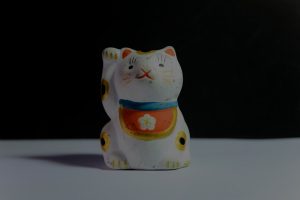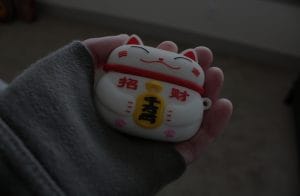**Abstract:** Discover how feng shui ornaments can enhance family relationships, creating harmony and understanding in your home. Learn practical tips to incorporate these powerful tools into your space.
Understanding Feng Shui and Family Dynamics
Feng Shui is an ancient Chinese practice that focuses on the arrangement of space to promote positive energy, or “chi.” In Western cultures, many people turn to feng shui to improve various aspects of their lives, including family relationships. By understanding the principles of feng shui, individuals can create an environment that fosters communication, love, and harmony among family members. This practice emphasizes balance and flow, which can significantly influence the dynamics within a household.
Choosing the Right Ornaments for Your Home
Selecting the right feng shui ornaments is crucial for enhancing family relationships. Common ornaments include crystals, plants, and symbols like the double happiness sign or the family portrait. Crystals, such as rose quartz, are known for their ability to promote love and compassion. Placing these ornaments in strategic locations can help facilitate open communication and understanding. For instance, positioning a rose quartz heart in the living room encourages warmth and affection among family members.
Placement is Key: Where to Position Your Ornaments
The placement of feng shui ornaments is vital in ensuring they serve their purpose effectively. The Bagua map, a feng shui tool, can guide you in identifying the areas of your home that correspond to family relationships. The Family area, located in the left corner of your home when facing the entrance, is where you should focus your efforts. Here, consider placing family photos, a plant, or a harmonious piece of art. This area acts as a foundation for nurturing family bonds, so choose items that resonate with love and togetherness.
Creating a Harmonious Atmosphere
A harmonious atmosphere is essential for fostering positive family relationships. Incorporating feng shui ornaments helps in creating this environment. For example, wind chimes can be hung near windows to invite uplifting energy and encourage communication. Additionally, using soft lighting and soothing colors can enhance the ambiance, making family members feel more relaxed and open to sharing their thoughts and feelings. The goal is to create a space that feels safe and inviting, allowing for genuine connections to flourish.
Regular Maintenance and Energy Cleansing
To maintain the positive energy generated by feng shui ornaments, regular maintenance is essential. Dust and clean your ornaments to keep their energy vibrant. Additionally, consider performing energy cleansing rituals, such as burning sage or using sound bowls, to clear stagnant energy. This practice revitalizes the space, ensuring that the feng shui ornaments continue to promote healthy family relationships. Remember, the energy in your home is dynamic, and regular attention will help sustain harmony.
Engaging the Whole Family in Feng Shui Practices
Involving the entire family in feng shui practices can significantly enhance the benefits of using ornaments. Encourage family members to share their thoughts on what items resonate with them and how they feel about the space. This collaborative approach fosters unity and understanding, making everyone feel valued. Additionally, setting aside time for family activities in the feng shui-enhanced areas of your home can strengthen bonds and create lasting memories.
Conclusion: The Transformative Power of Feng Shui
Using feng shui ornaments to improve family relationships is a powerful approach that combines aesthetics with emotional healing. By carefully selecting and placing these ornaments, creating a harmonious atmosphere, and involving the whole family, you can transform your home into a sanctuary of love and understanding. Embrace the transformative power of feng shui and watch your family relationships flourish. Remember, a nurturing environment is the foundation for strong, loving connections that can withstand the test of time.










